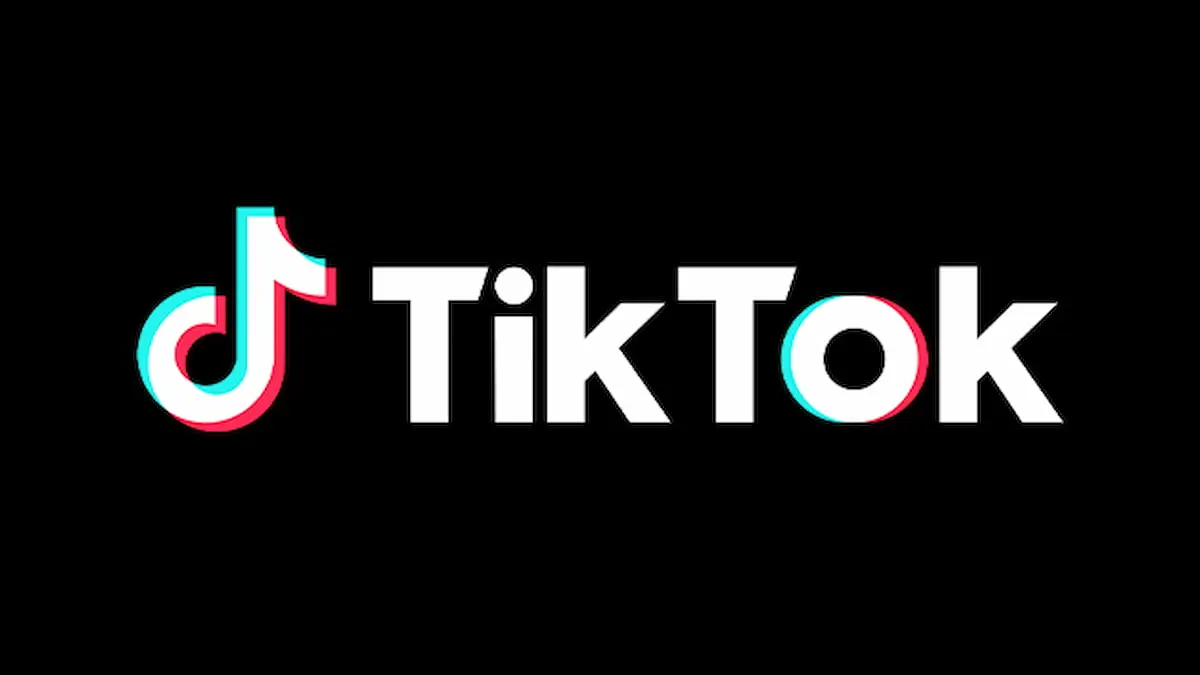With over a billion users worldwide, TikTok is one of the most popular social media platforms on the globe, but why is not available in its country of origin?
This week, a bi-partisan bill was passed in the House of Representatives to outright ban TikTok, sending the bill to the floor of the U.S. Senate, and causing a pinch of panic among American TikTok users.
There have been frequent claims on social media stating that China has banned TikTok. These claims are fueled by the fact that TikTok has never been available in China, despite being a Chinese product. However, this is because ByteDance — the company that launched TikTok — also created Douyin. In short, TikTok is the international version of Douyin.
Although China has never officially banned TikTok, the reason why it’s not available is due to ByteDance understanding the strict internet regulations in the country. For instance, news sites are sometimes unavailable based on what Chinese authorities want — or don’t want — its citizens to see. Some news websites, such as The New York Times, are completely inaccessible in China. It’s also not uncommon for other information-based sites that are popular in America to be unavailable in China, such as Wikipedia. Some of these restrictions are temporary, whereas other appear to be permanent.
China’s strict internet regulations naturally cause a company like ByteDance to create alternative versions of their apps for the domestic market, since users abroad are allowed to post content that would normally be restricted in China. This therefore opens the door for the company to make more money. This is not to say that China encourages this idea, but ByteDance envisioned — and succeeded in — creating a global platform.
As a 60 Minutes report pointed out last year, Douyin is more educationally-focused than TikTok, and limits children under 14 years of age to just 40-minutes of use per day. However, what the report didn’t point out was the age and time limit restrictions are more aligned with Chinese regulations, while the lack of educational content on TikTok is overwhelmingly due to a cultural difference. Western TikTokers are free to post and watch what they want, and as it turns out, generally create less educational content than their Chinese counterparts.
Often noted are the algorithms used by TikTok, but the algorithms used on Facebook or X also track the type of content you enjoy, based on not only when you click the “like” button, but also on how long you might watch a video, regardless of whether you offer a reaction.
TikTok has also been heavily scrutinized for its lengthy explanations of how it collects your data — and how much data, exactly. Yet, it’s often debated what that information is really used for. China forces its citizens who access apps to use their real name and national ID number. It then forces those platforms to store user data on local servers accessible to the government.
One recent case filed by a ByteDance whistleblower claims that the Communist Party collected data of pro-democracy protesters in Hong Kong, and used the data to track locations of activists, as well as monitor their communications. Such claims make the United States extremely concerned that China is collecting such data of Americans.
No app based in any country has been as remotely successful as TikTok, making this data-collecting predicament unprecedented in its scope. But if the United States bans TikTok, it won’t be the first country to do so; India has already banned TikTok for the same reasons that America is considering.
We could soon be living in a “remember TikTok?” world, but regardless of any potential ban, it won’t solve the issues that so many other social media platforms also present — especially not how users choose to use them.
